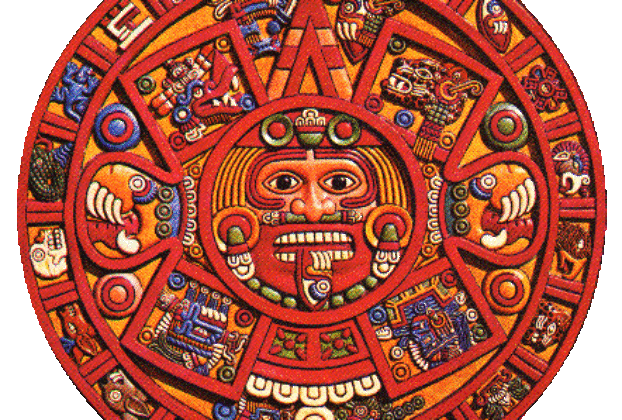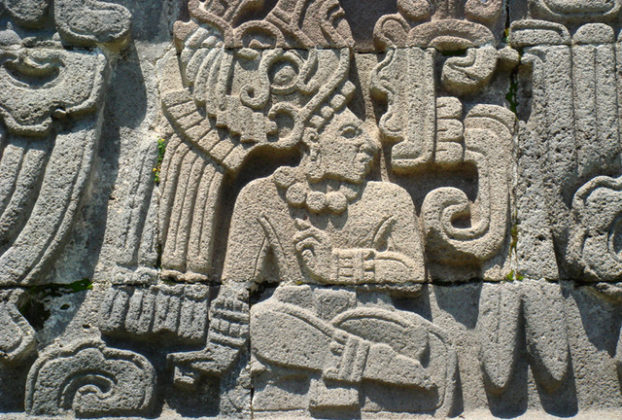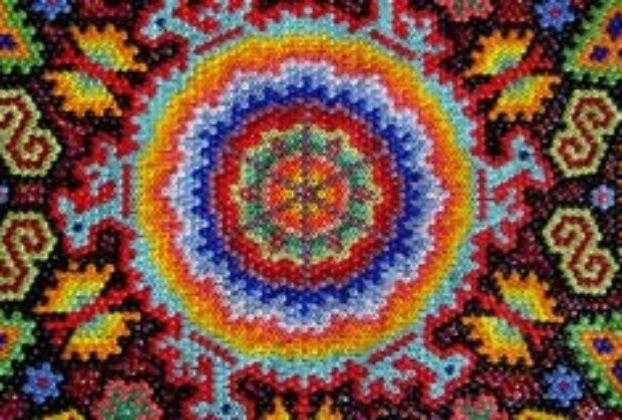Mesoamerican religion and multiverses: Part One
The idea of multiple universes or parallel worlds connected by “worm-holes” has long been a feature of modern science fiction and fantasy. However, the idea of consecutive worlds or universes preceding our present world goes back much further. Now the concept of multiverses has been taken up by such eminent scientists as the Royal Astronomer himself, Sir […]
Continue Reading


